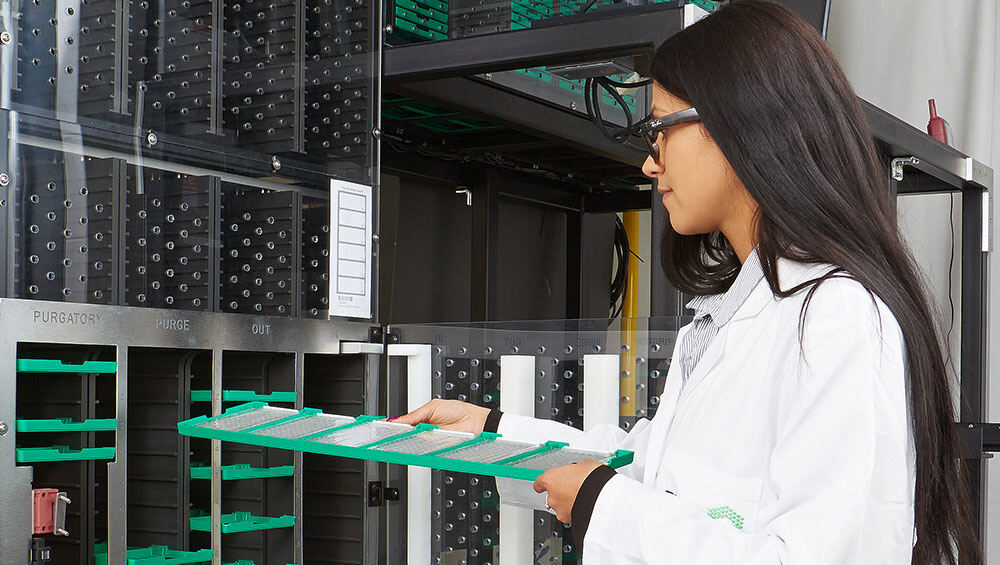See also

Research plans
Advancing molecular biology research to study life in context

EMBL research units
Research groups at EMBL are organised into nine units spanning six European sites

Job opportunities
Explore our latest vacancies and sign up for job alerts to get notified when something suitable comes up